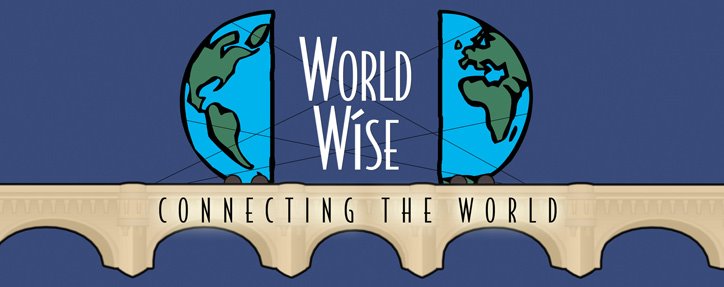Champagne. The drink that brings us bubbles and signifies celebrations. We ring in the new year with a glass of bubbles, toast a bride, christen a ship. The bubbles are for a celebration.
Curious
about this drink ( my favorite not just at new years but through
the year.) – I did a little research and learned that champagne, really sparkling wine, existed before Dom Pierre
Peirgnon "discovered it" in the 1600's. Actually he was hired by monks to improve the quality of their fizzy “mad”
wine. Their bubbly wine wasn’t planned - it was a surprise, not really a happy one. It did exist in England in the 1500 when glass bottles weren't as strong. The result of the bubbles - bottles that tended to explode. (
http://gildedfork.com/champagne-a-cause-for-celebration)
But
in 1688 Dom Peirgnon and Frere Jean Oidart, both worked to stabilize and
improve this bubbling wine. Once the wine
had evolved to the point where Dom Peirgnon felt it was successful “I think I
tasted the stars” he is quoted as saying
he moved ahead to marketing --
introducing it to the French court. Louis XIV made champagne the king's drink of
choice there by elevating its status in the world.
The
popularity of champagne spread leading to its worldwide production. Today the name champagne is reserved for wines
made in the Champagne region of France but a similar beverage, sparkling wine
is made around the world. California,
Australia, South Africa, Spain, Portugal, Brazil and Hawaii all produce this wine.
If you welcome the new year with a glass of "bubbly" you'll be enjoying a beverage created over five centuries ago - may we continue to celebrate the beginning of new years again and again - with or without glasses filled with bubbles.



















